In the modern changing corporate landscape, the dialogue is moving beyond merely finding work-life balance to purposefully designing a lifestyle that seamlessly combines work and life. This new practice of work-life design is not only a philosophical change but a physical one too, profoundly impacting the way offices are constructed and lived. Innovative Office Space Design Solutions In Canada and globally, companies are breaking away from traditional office structures and adopting creative office space design solutions that capture the spirit of this new way of thinking. These new settings are not merely about form or performance but also about crafting spaces where workers feel empowered to excel professionally and as individuals.
Redefining the Concept of Work-Life Balance
The classical notion of work-life balance implied a rigid division between work and private life. Workdays had a definite start and finish, and the workplace was something one left behind at 5 PM. But the workforce of today, especially millennials and Gen Z, wants something more integrated and adaptive. Work-life design is in keeping with this change it's about designing environments and habits that merge work and life in a stable and fulfilling manner.
This change requires workplaces to respond to workers' needs instead of expecting workers to conform to outdated spaces. Individuals no longer wish to merely "manage" their time; they would like to craft their days by set of priorities, energy levels, and interests. This cultural shift is challenging businesses to rethink office design and culture on a foundational level.
The Emergence of Revolutionary Office Space Design Solutions
To underpin this change in thinking, creative solutions to office space design are increasingly necessary. They are not simply cosmetic overhauls; they are a calculated rethink of the workplace. From adaptive workstations and quiet rooms to wellness spaces and collaborative lounges, the contemporary office is being transformed to accommodate different work styles and ways of life.
These solutions focus on flexibility and customization. Workers are no longer relegated to one desk for years. Rather, they enjoy dynamic environments that suit their work and moods spaces for concentration, zones for collaboration, and even quiet spaces for contemplation. Offices are becoming ecosystems that facilitate the entire range of human activity and emotion, recognizing that productivity is not only about performance but also about comfort, inspiration, and community.
Combining Comfort and Functionality
At the center of work-life design is the belief that employees must be as comfortable in the office as they are at home. To make this happen, designers are looking to comfort-oriented functionality. This means anything from ergonomically crafted furniture and standing desks to soft lighting, natural finishes, and biophilic elements such as plants and water features.
By combining residential and professional style, these creative office space design solutions decrease stress and enhance satisfaction. Workers are more apt to be comfortable and be their best selves when they work in a space that does not have a sterile or too formal feel. This person-focused design understands that the space workers occupy can have a direct impact on mental and emotional health.
Fostering Collaboration and Creativity
One of the major objectives of contemporary office design is to encourage teamwork and casual innovation. Work-life design promotes conversation not just between groups but between different areas of life. The thinking is that if individuals are allowed room to be themselves, they will more readily provide worthwhile ideas and solutions.
Open-plan offices, brainstorming rooms with writable walls, and technology-enabled conference rooms all lend themselves to an environment in which collaboration is natural and effortless. Creative floor plans also feature casual meeting spaces cafés, lounges, and garden terraces where workers can meet in casual environments. These kinds of environments have been proven to inspire innovation and reduce hierarchical barriers that too often squelch creativity.
Facilitating Flexibility and Autonomy
Flexibility is at the heart of work-life design, and the spaces in offices are changing to enable it. Remote work is the new reality, and organizations are rethinking their offices to cater to an uncertain number of in-office staff. Hot-desking, moveable workspaces, and booked meeting rooms allow for office assets to be used productively without degrading the staff experience.
Innovative office layout solutions also prioritize autonomy. By allowing employees to have control over where and how they work, companies can increase motivation and trust. Height-adjustable lighting, individual workstation adjustments, and silent zones for intensive work enable employees to customize their environment to their needs something traditional office settings frequently couldn't offer.
Prioritizing Wellness in the Workplace
Adding wellness to office design is no longer a luxury but a necessity. With physical and mental well-being being the focus, businesses are incorporating wellness-inspired features into the workplace. These include meditation rooms, in-house fitness studios, ergonomic chairs, air purification systems, and healthy food access.
By encouraging wellness through the built environment, companies not only care for employee health but also curb absenteeism and enhance retention. The most visionary companies realize that workers who are nurtured tend to be motivated and loyal. Work-life design positions wellness as the center of workplace strategy, enabling people to work at peak performance while keeping them healthy in body and spirit.
Technology Integration for a Smarter Workspace
Technology plays a pivotal role in enabling work-life design. Smart offices that use sensors, AI, and automation can respond in real time to employee needs. Climate control systems adjust based on occupancy, booking apps streamline space usage, and mobile integrations allow employees to control their work environment remotely..
Conclusion
The transition from work-life balance to work-life design marks a deeper cultural shift. It's about reframing work as a rich part of life not apart from it. With creative office space solutions, companies are able to design environments that inspire individuals, unite teams, and create a sense of belonging. Pluto-Planet This new office thinking is not merely where we work, but how we live and how well-designed spaces can enable us to flourish both in and out.
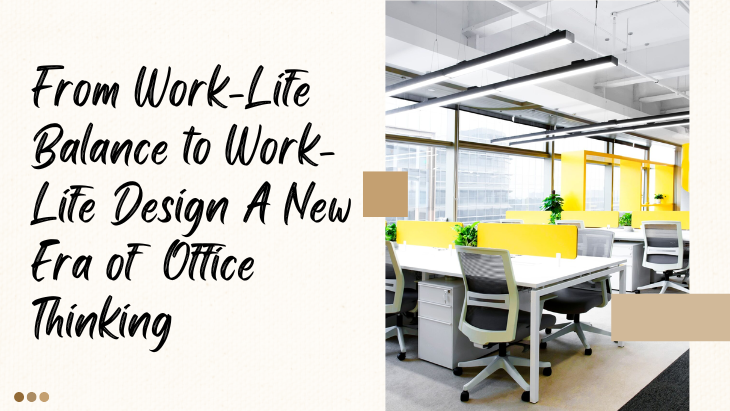
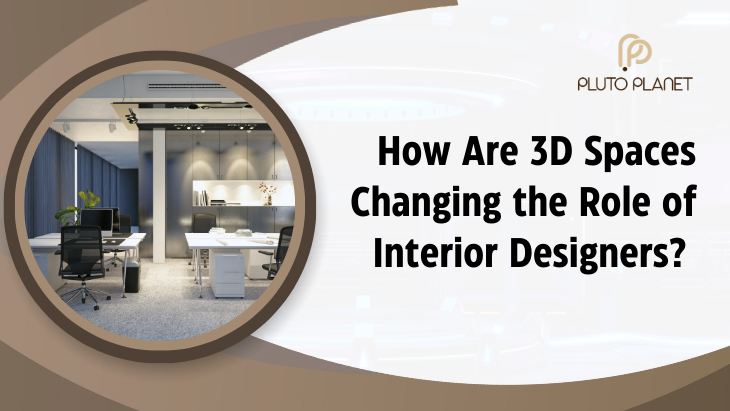
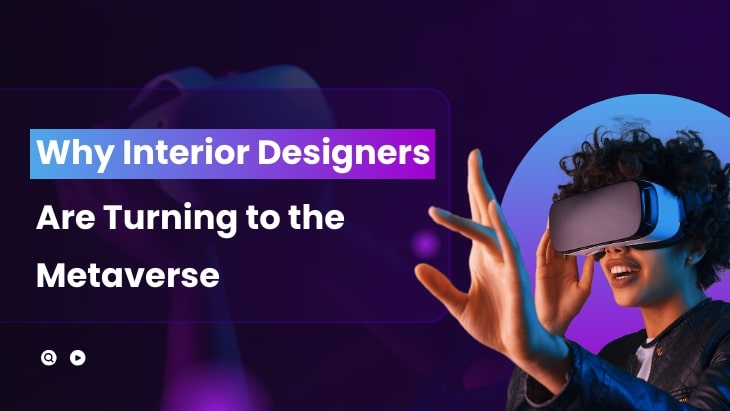
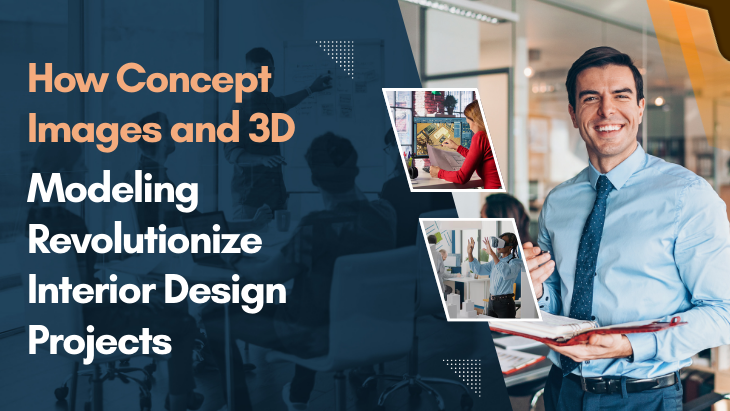
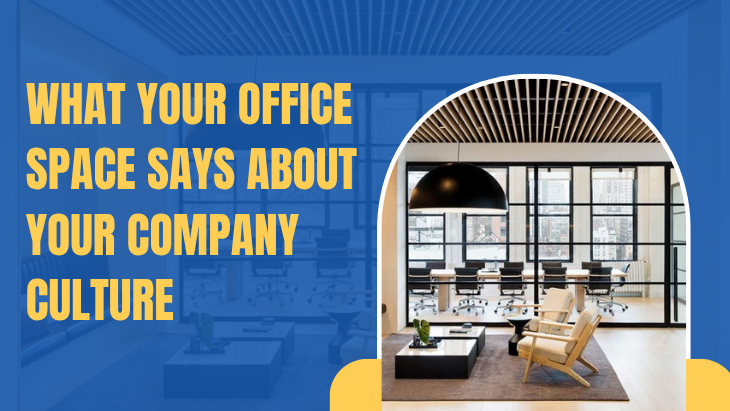

Leave a reply